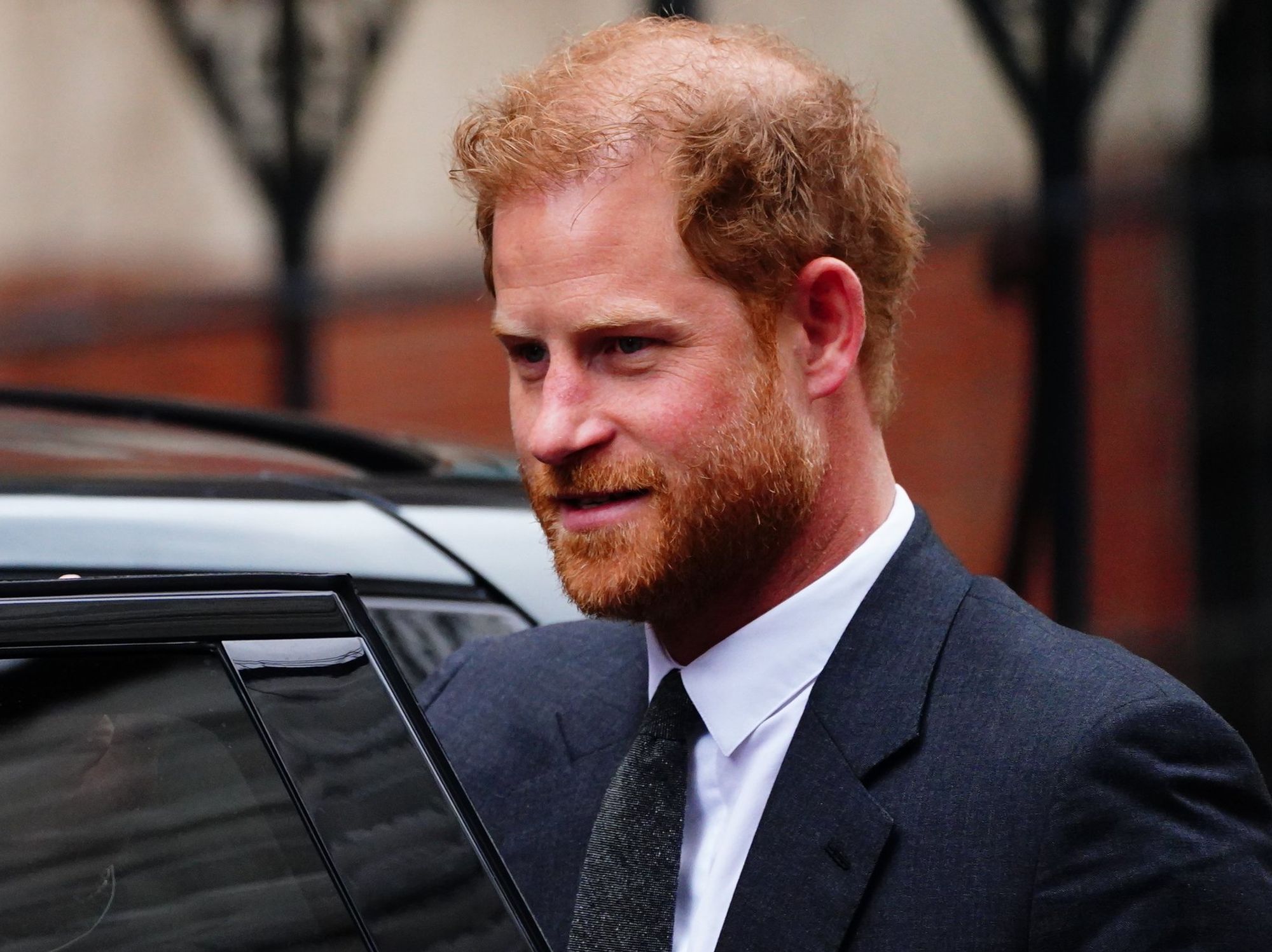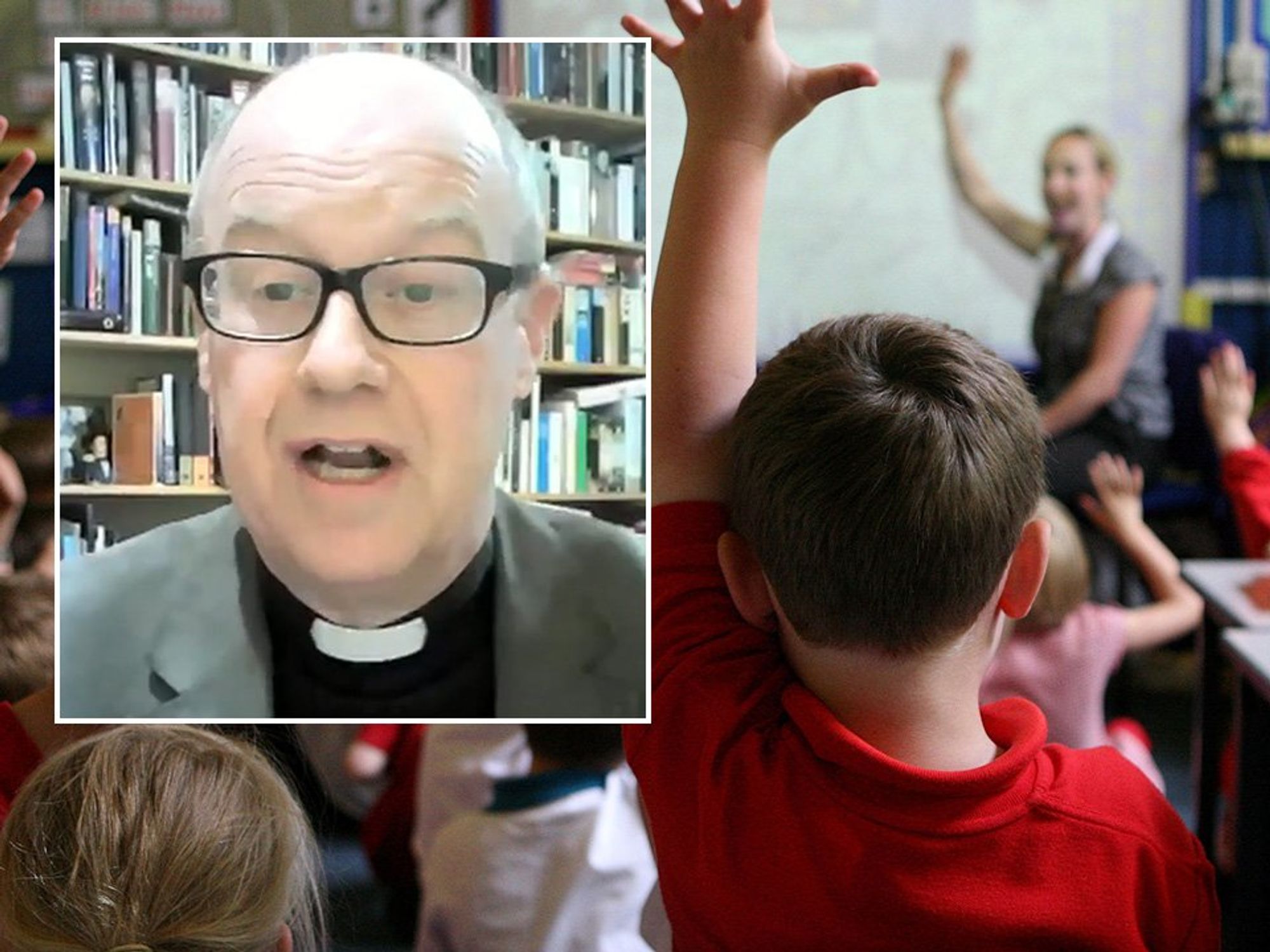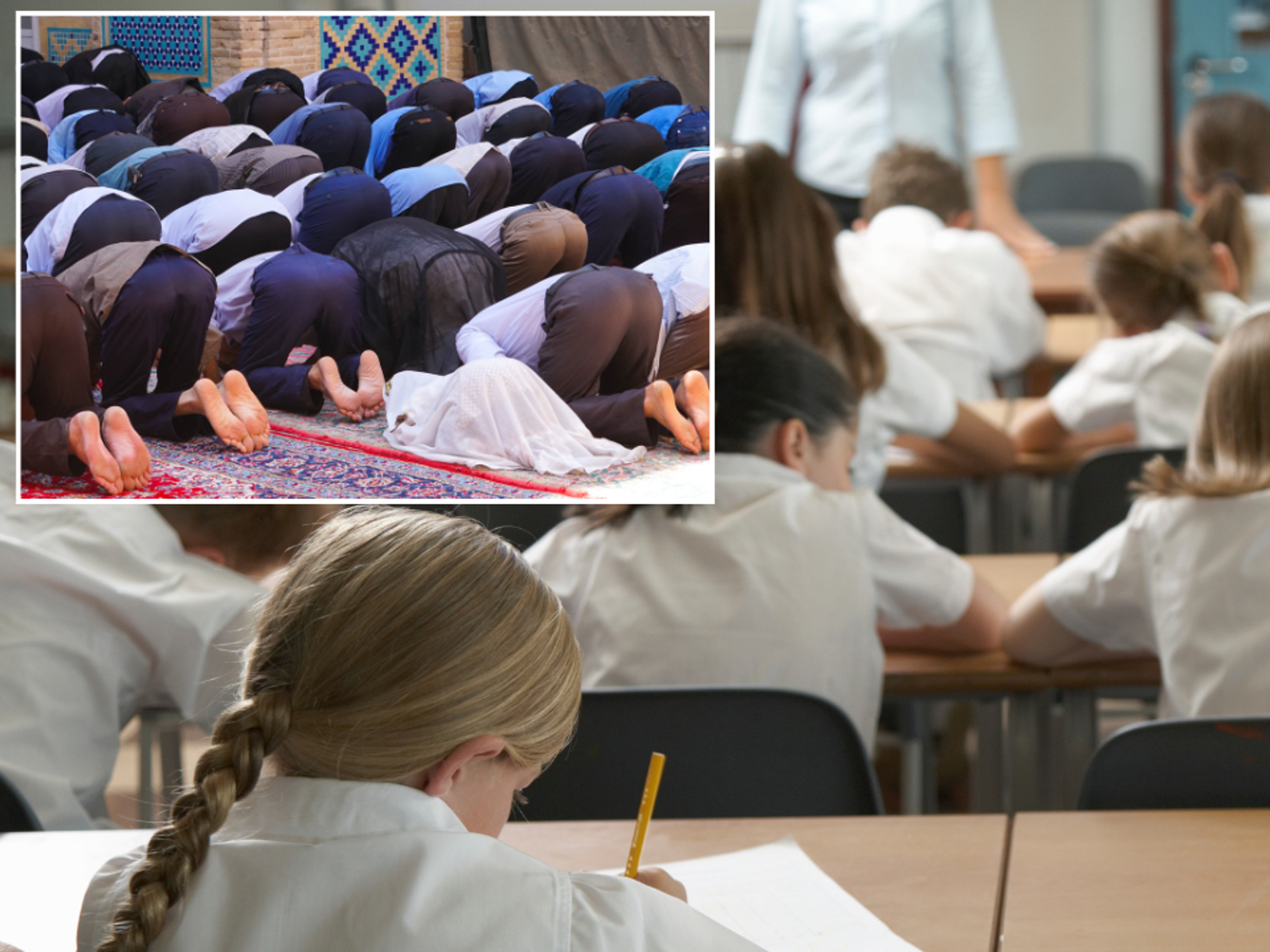Archaeology breakthrough as 3,000-year-old Mayan city filled with pyramids uncovered deep in the jungle

The find comes just weeks after another impressive archaeological discovery a few miles away
Don't Miss
Most Read
Archaeologists have unearthed the remains of a nearly 3,000-year-old Mayan city in Central America.
The ancient city, in northern Guatemala, boasts pyramids and monuments which point to its significance as an important ceremonial site.
It is named Los Abuelos, Spanish for "The Grandparents," and once stood some 21km from the important archaeological site of Uaxactun, in Guatemala's northern Peten region, the country's culture ministry revealed this week.
The discovery was made by Guatemalan and Slovak archaeologists in previously little-explored areas of the Uaxactun park.
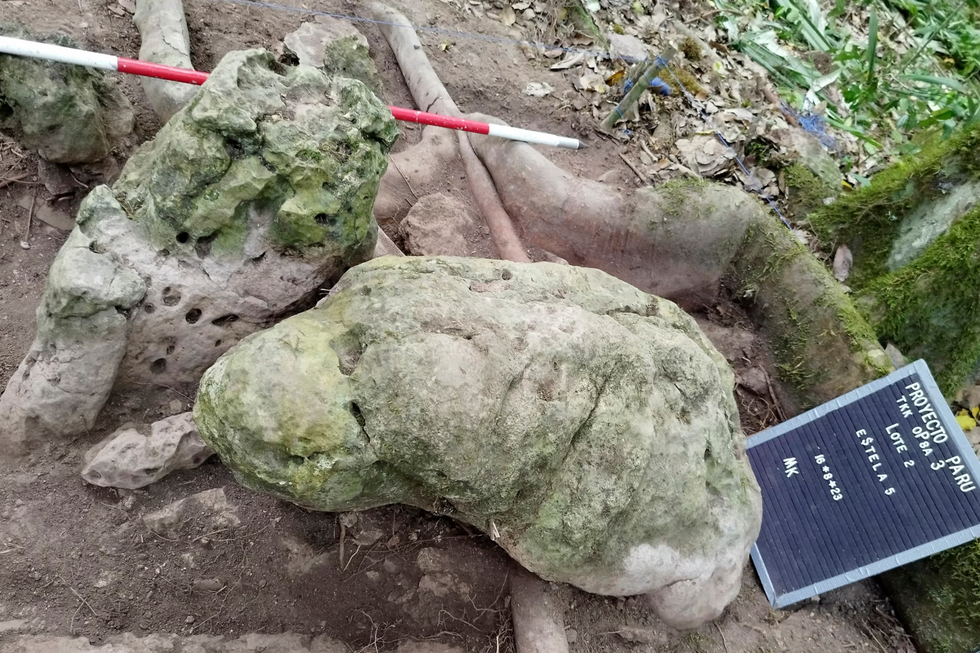
The site takes its name from two human-like sculptures of an 'ancestral couple', pictured here
|GETTY
The site is dated to the Middle Preclassic period from about 800-500BC, and is believed to have been "one of the most ancient and important ceremonial centres" of the Mayan civilisation in the jungle area of Peten near the Mexican border.
Los Abuelos covers an area of about 16 square kilometres and presents "remarkable architectural planning" with pyramids and monuments "sculpted with unique iconography from the region", according to the ministry.
The Mayan civilisation first came about in around 2000BC, and reached its height between 400 and 900AD.
It stretched across present-day southern Mexico and Guatemala, as well as parts of Belize, El Salvador and Honduras.
MORE MAYAN DISCOVERIES:
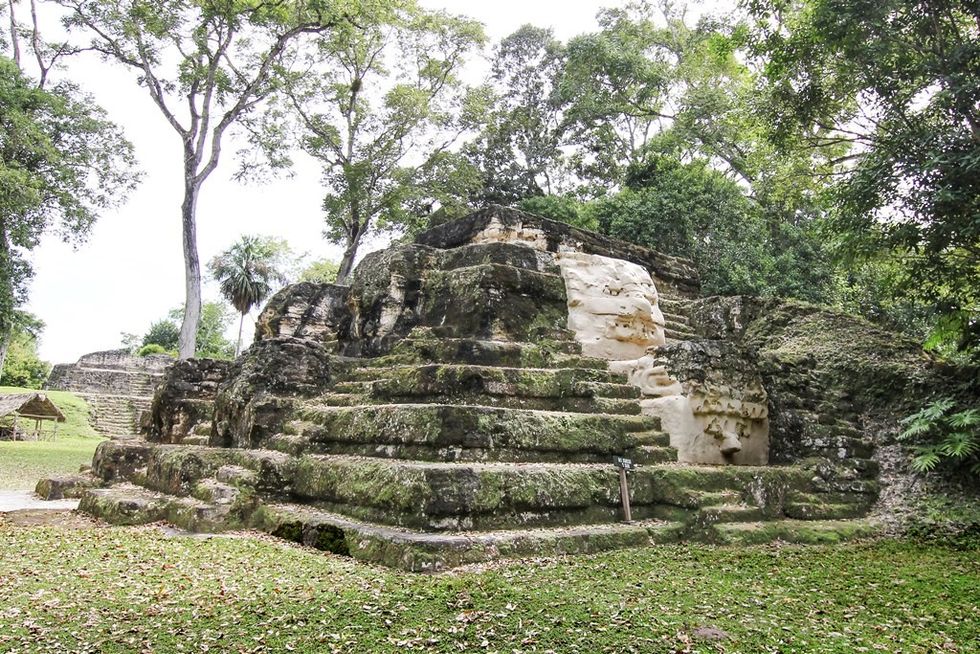
The discovery was made by Guatemalan and Slovak archaeologists in previously little-explored areas of the Uaxactun park (pictured)
|WIKIMEDIA COMMONS
"The Grandparents" takes its name from two human-like sculptures of an "ancestral couple" found at the site.
The figures, dated to between 500 and 300BC, "could be linked to ancient ritual practices of ancestor worship", the ministry said.
They boast unique design features which help distinguish Los Abuelos from other Mayan sites in the region.
Researchers believe the couple imagery suggests the site held particular religious significance during the Middle Preclassic period, when ancestor veneration played a crucial role in Mayan ceremonial practices.
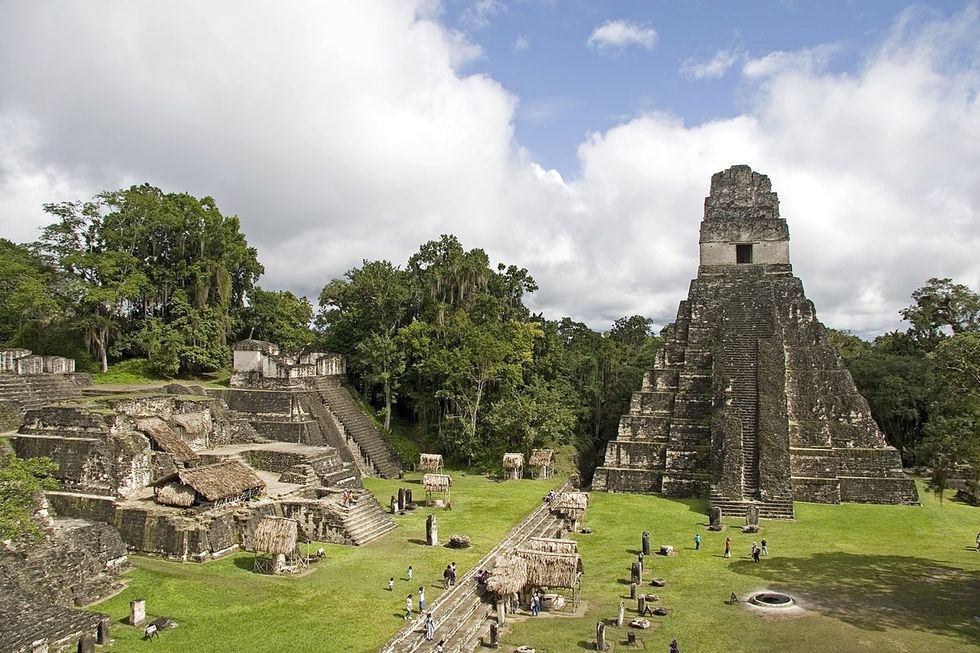
The remains are the latest in a string of impressive archaeological finds in the region
|WIKIMEDIA COMMONS
Nearby, archaeologists also found a pyramid standing 33 metres high with murals from the Preclassic period and "a unique canal system".
"The set of these three sites forms a previously unknown urban triangle... These findings allow us to rethink the understanding of the ceremonial and socio-political organisation of pre-Hispanic Peten," said the ministry.
The remains are the latest in a string of impressive archaeological finds in the region, following April's discovery of a 1,000-year-old altar from Mexico's ancient Teotihuacan culture at Tikal elsewhere in Peten.
That find was interpreted as proof of "ties" between the two pre-Hispanic cultures, which lived about 1,300 kilometres apart.






